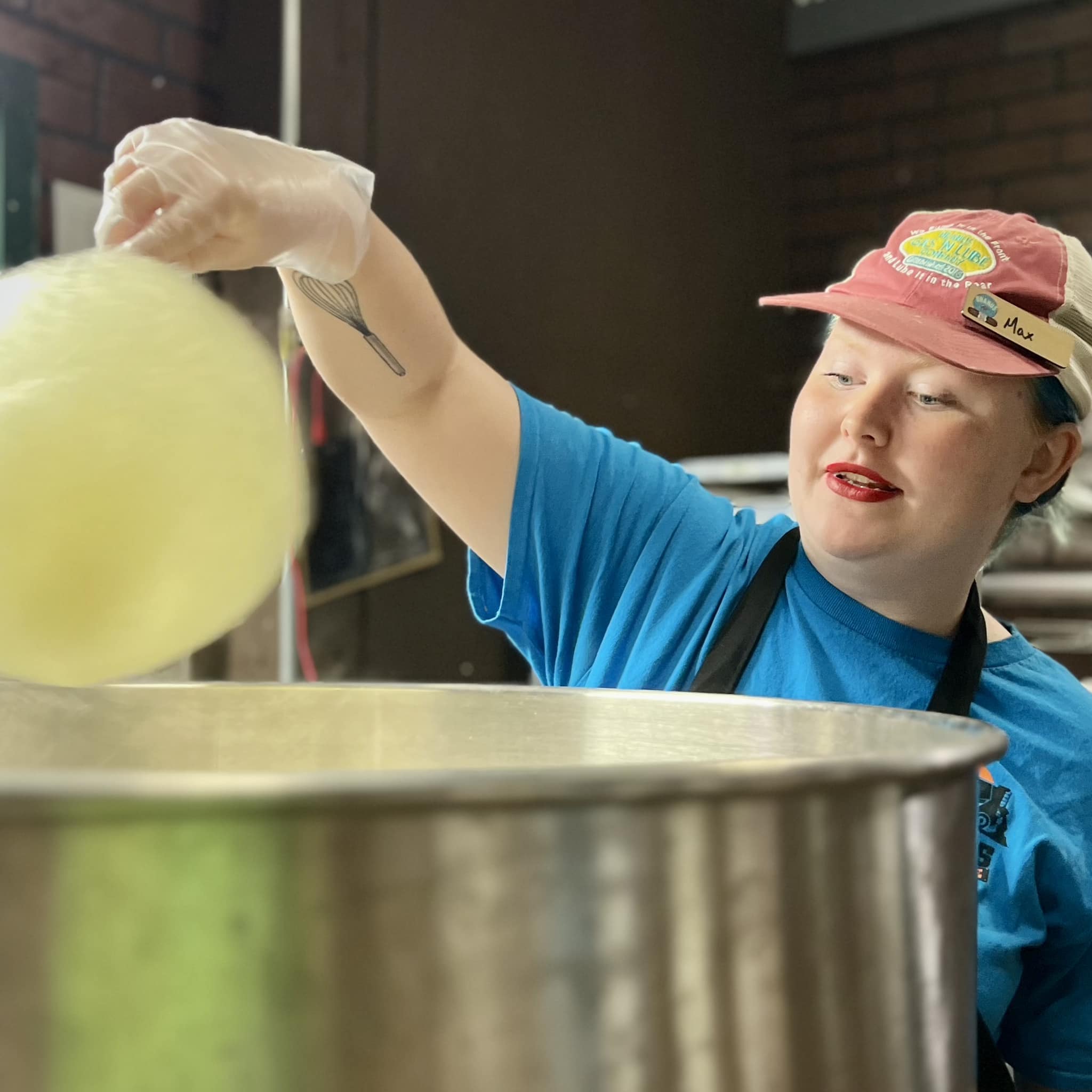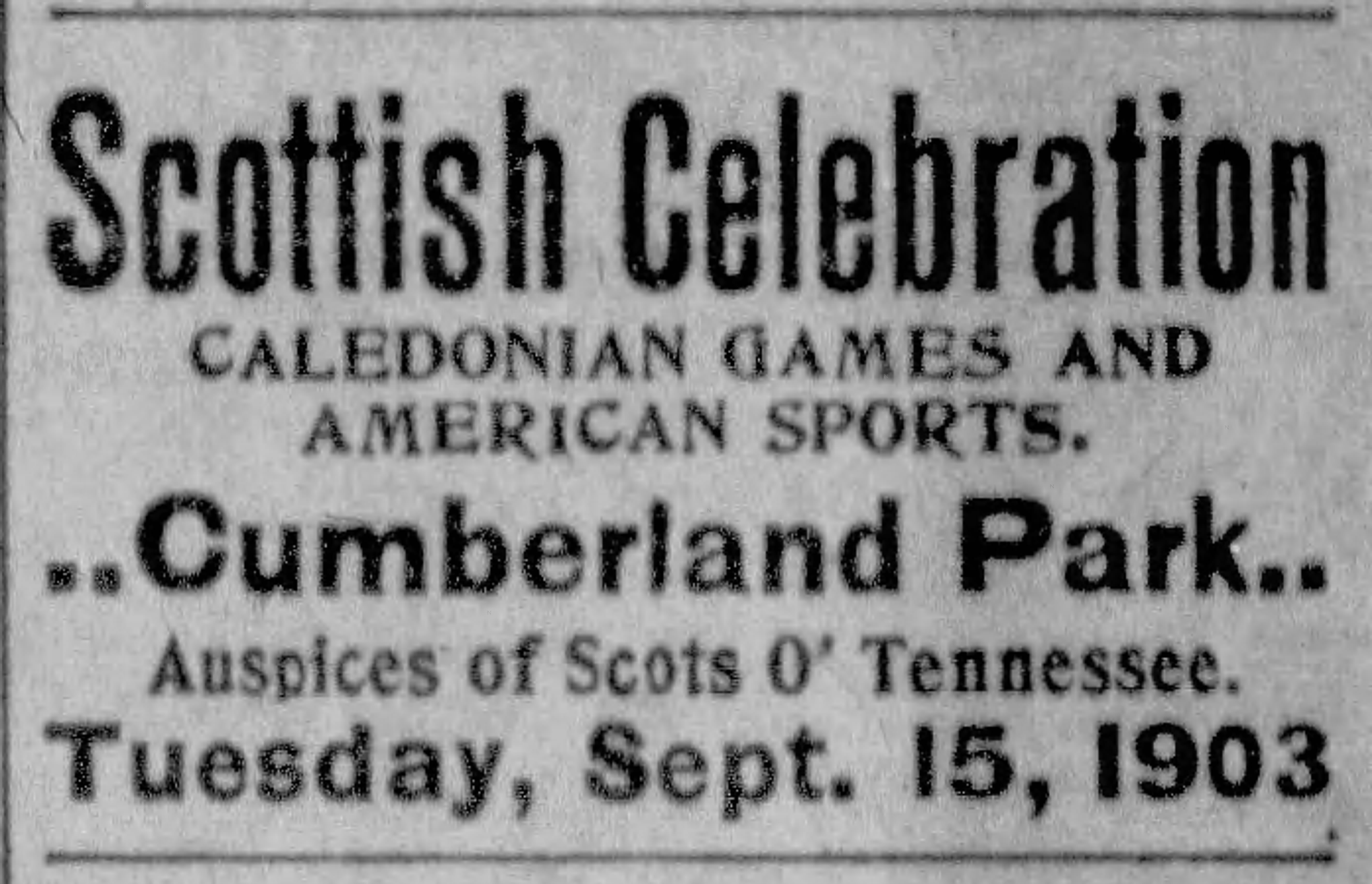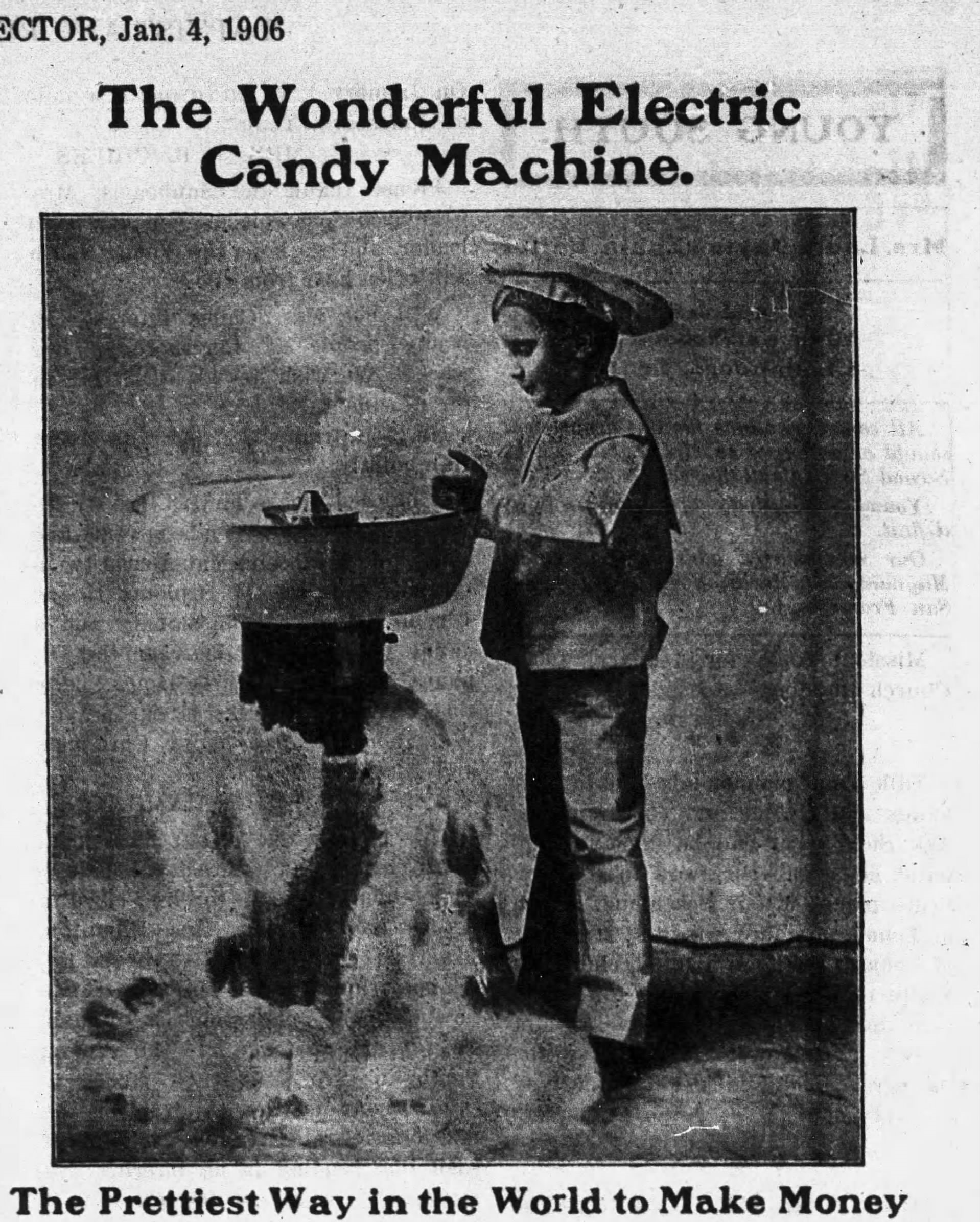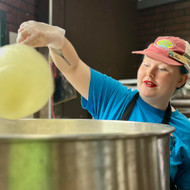Fairy Floss in Uranus
Posted by Laura Abernathy Huffman on Sep 21st 2023
By Laura Abernathy Huffman
Most of us have been spoon-fed the story of how cotton candy made its debut at the World’s Fair in Saint Louis in 1904. Let’s turn back the clock to 1901 and let Uranus University teach you a thing or two.
The story of the modern spun-sugar confection actually begins in Nashville, Tennessee in 1901. Two prominent Nashvillians associated with the Demoville Drug Company, dentist Dr. William James Morrison and Professor John Criddle Wharton “The Edison of the South,” had perfected their plans for a compact candy factory machine for more than a year when they filed patent #717756 during mid-May, 1902. A prominent Nashville electrician, Theo. J. Zoeller, helped the men with their invention and witnessed their patent application.
Their electrified candy-machine invention consisted of a large perforated bowl with a circular device in the middle into which sugar was poured, and an electrical mechanism under the bowl. Sugar was poured into the funnel-shaped receiver and then heated and spun 2,200 times a minute. When the melted sugar was squeezed through the perforations in the bowl by the centrifugal force it would crystalize into a fibrous mass when it cooled. The pair received their patent 6 January 1903. The candy was dubbed “Fairy Floss.”

Fudge Packer Max makes a fresh batch of cotton candy in Uranus Fudge Factory & General Store.
Fairy Floss made its public debut September 15th, 1903, eight months before the World’s Fair opened, at Cumberland Park in Nashville when 7,000 festival-goers turned out for the Scottish Celebration hosted by Scots O’ Tennessee. Even though the electric candy machine converted sugar into candy almost instantly, the Fairy Floss crew could scarcely keep up with demand.

Advertisement for the Scottish Celebration where Fairy Floss candy made its debut in 1903. Published in The Tennessean newspaper 13 September 1903.
The National Electric Candy Machine Company was organized and marketed their stock to the public before November that same year. The electric candy spinner was pitched as “so simple that anyone could learn to operate it in less than five minutes.”
The candy machine company deployed James L. Demoville to the East Coast. Demoville called on the General Electric Company at Lynn, Massachusetts to make arrangements for the manufacture of their electric candy machine. While in Massachusetts Demoville, who would soon become President of the corporation, also sold shares of stock in the National Electric Candy Machine Company. The revenue from selling shares of stock was used to defray the cost of manufacturing the machines before the World’s Fair Exhibition in Saint Louis, Missouri in 1904.
Mr. Demoville’s initial marketing push weighed heavily on the machine’s success at the 1904 World’s Fair. The first ten machines were installed on the grounds of the exposition by mid-June. Those ten machines, in spite of their almost instantaneous candy production, could not keep up with demand. By the end of the exhibition more than 200 electric candy machines had been installed at the fairgrounds. The cotton candy was sold to fair-goers in sealed boxes that were decorated with scenes of the fair. Miss Jasmine Cerf, of Ellis County, Texas, purchased a box and had it shipped to the editor of her hometown newspaper, The Waxahachie Daily Light. The newspaper deemed it “a very superior quality.”

National Electric Candy Machine Company advertisement published in the Baptist & Reflector newspaper January 4, 1906.
The National Electric Candy Machine Company retained full ownership of the machines throughout the World’s Fair. Demoville intended to lease the machines at the conclusion of the Fair to church societies, druggists, fancy grocers and fruit dealers, and hotels. One advertisement claimed that less than $10 of sugar, electricity, and labor would net a profit of $115 for one day's work.
Although Fair Floss was a huge hit with Americans, Demoville’s grand plans for the product never panned out. National Electric Candy Company was late paying their electric bill at the World’s Fair. The company spent considerably on attorneys and court fees for various lawsuits.
By 1907 a more reliable electric cotton candy machine had been patented and Demoville had departed Nashville and became a traveling salesman for United Drug Company.
Although the National Electric Candy Machine Company wasn’t a hit, their Fairy Floss candy certainly was. Cotton Candy is still a hit at fairs, festivals, and in Uranus Fudge Factory & General Stores. Our fudge packers carry on the Fairy Floss tradition by making fresh batches of cotton candy. Grab yours at Uranus Fudge Factory & General Store in Missouri or Indiana today!




